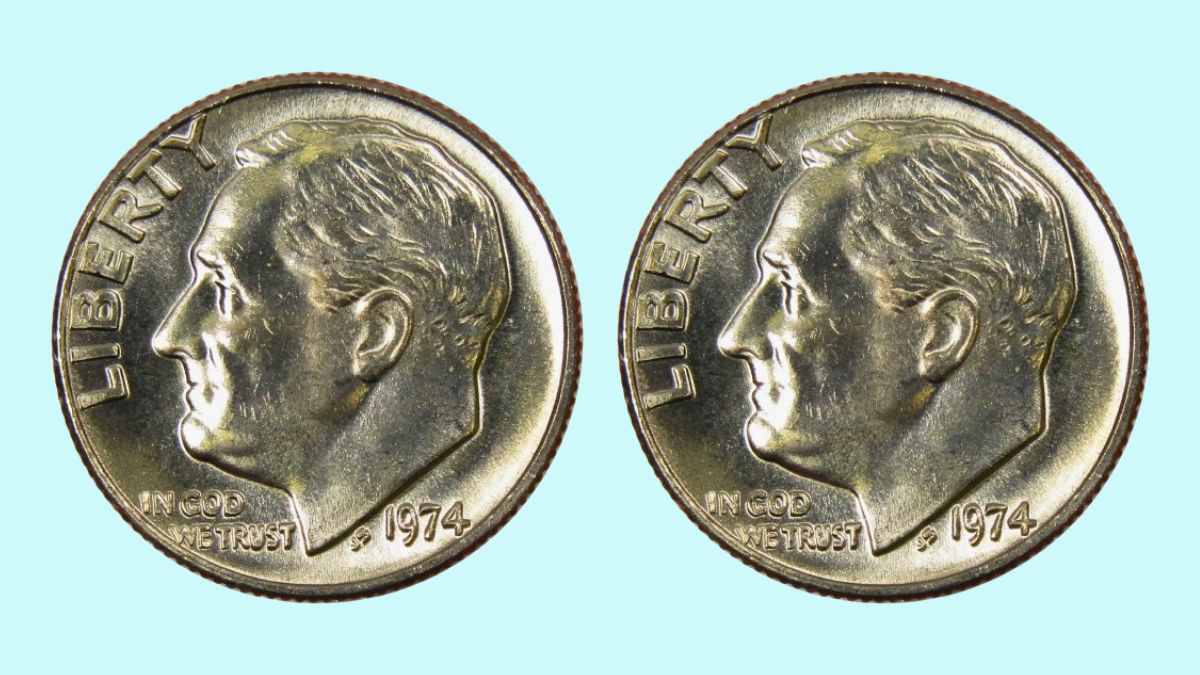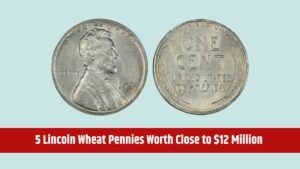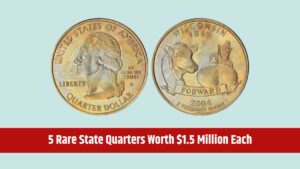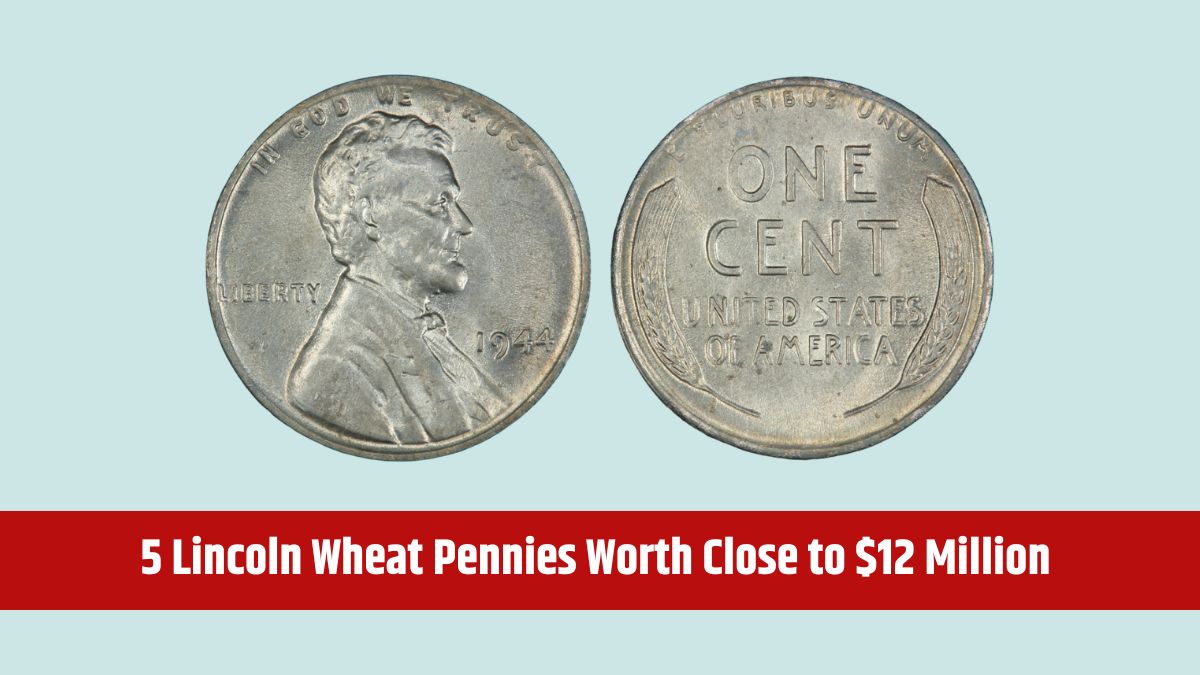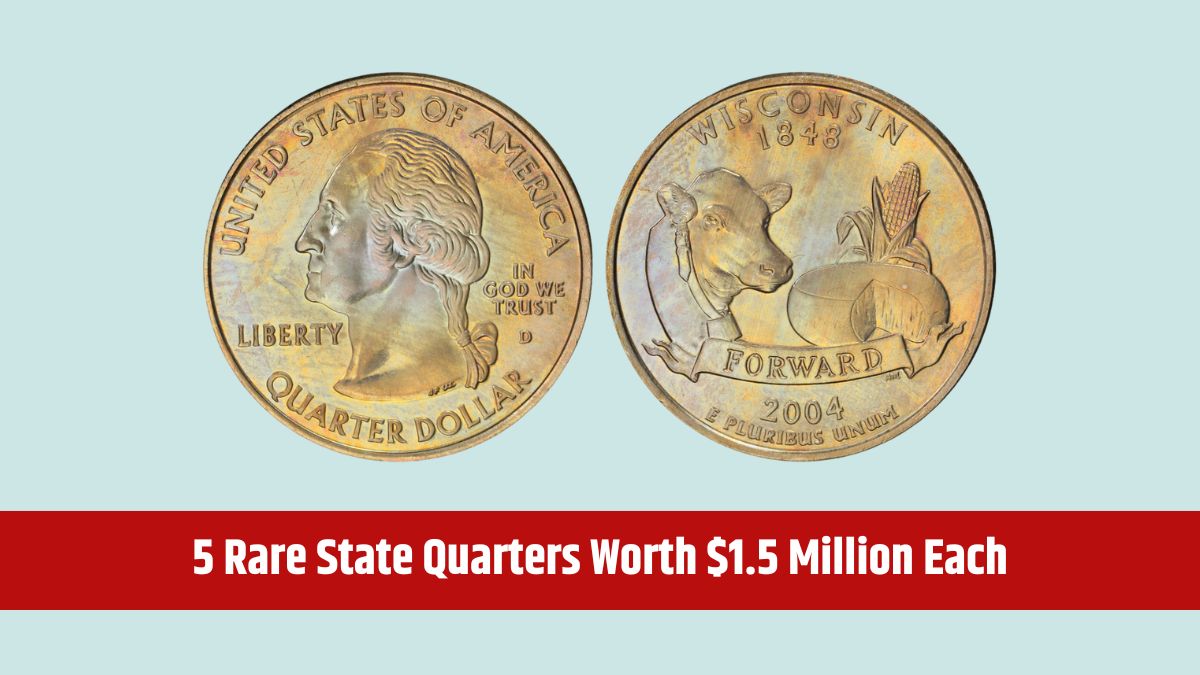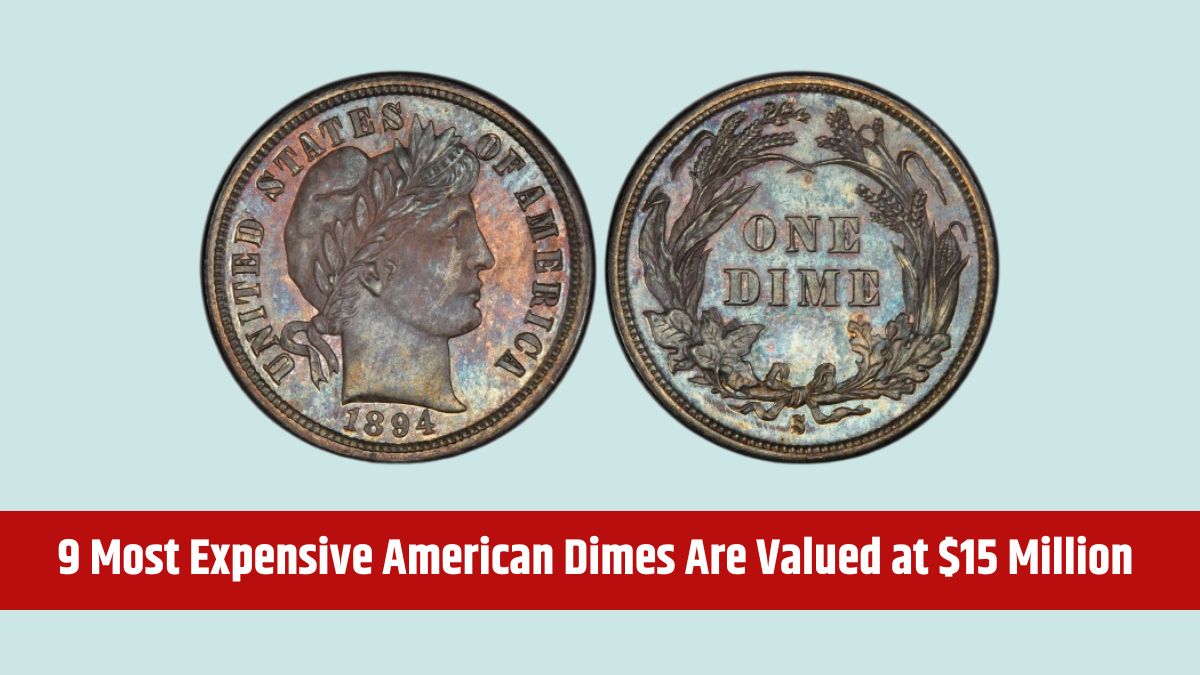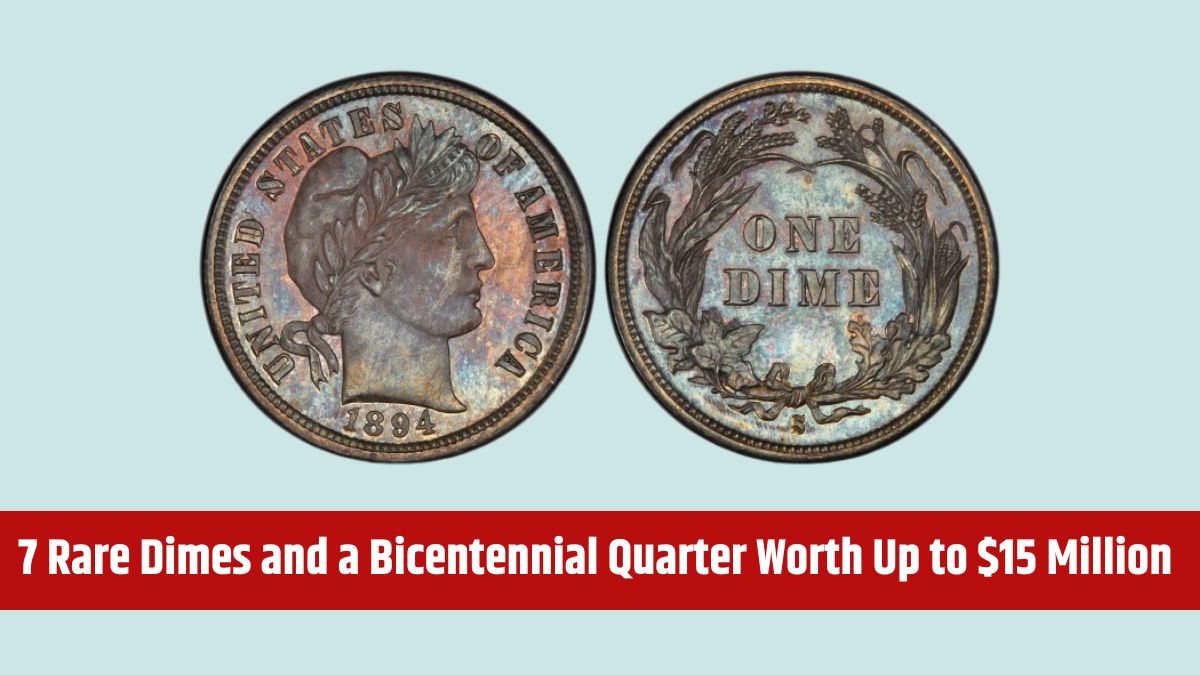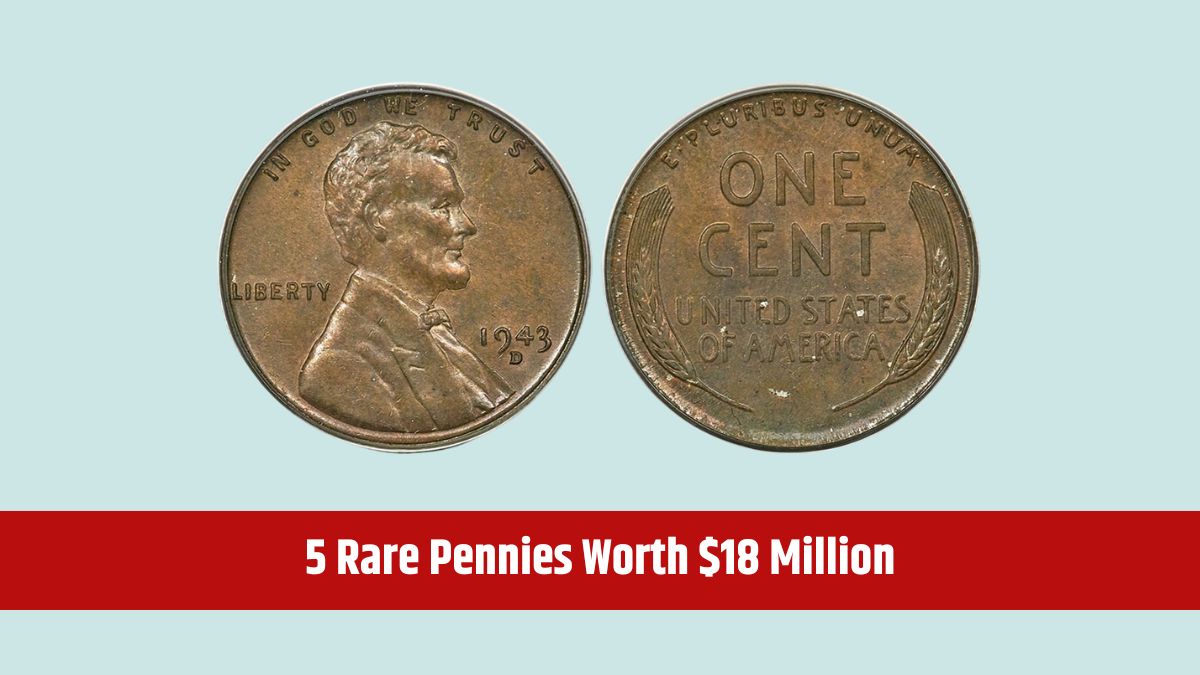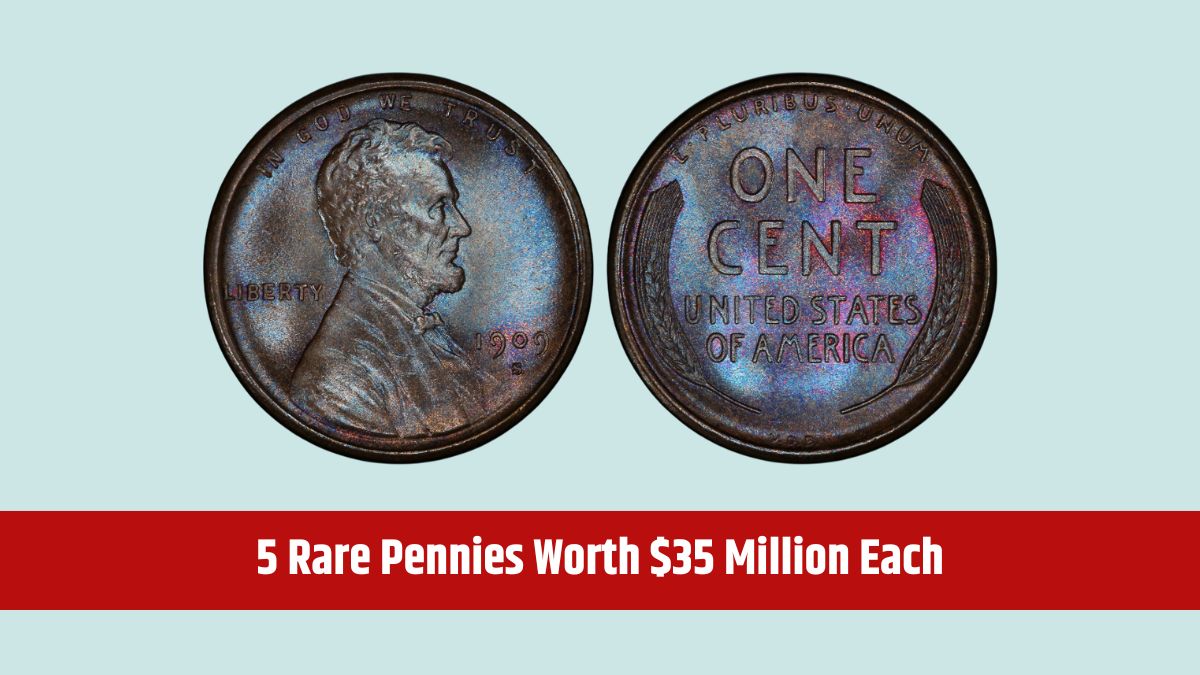Collecting rare coins is a hobby that can turn into a lucrative investment. Among the many coins that numismatists seek, some stand out due to their rarity and historical significance. This article looks into three of the most sought-after rare dimes and rare Bicentennial coins that could potentially make you a millionaire overnight. Each of these coins has a fascinating history and could be worth a substantial amount of money if you happen to have one in your collection.
Table of Contents
1894-S Barber Dime
The 1894-S Barber Dime is one of the most famous and valuable dimes in American numismatic history. Only 24 of these dimes were minted, and today, only nine are known to exist. The rarity of this coin is due to the small mintage and the mystery surrounding its production. It is believed that the dimes were minted as a special gift or to balance the mint’s accounts.
One of the most famous stories involves the daughter of the San Francisco Mint Superintendent, who is said to have spent one of these dimes on ice cream, making it an incredible piece of numismatic folklore. The 1894-S Barber Dime has fetched prices up to $2 million at auctions, making it a coin that could truly make you a millionaire overnight.
1916-D Mercury Dime
The 1916-D Mercury Dime is another highly sought-after coin among collectors. With a mintage of only 264,000, it is the rarest of the Mercury dimes. This coin was minted in Denver, and its rarity is compounded by the fact that it was one of the first Mercury dimes ever produced, making it a key date for collectors.
The design features a Winged Liberty Head, often mistaken for the Roman god Mercury. High-grade examples of the 1916-D Mercury Dime can fetch prices well over $100,000. One specimen, graded MS-67 by the Professional Coin Grading Service (PCGS), sold for $207,000. Owning a 1916-D Mercury Dime in excellent condition could significantly boost your net worth.
1975 No-S Roosevelt Dime Proof
The 1975 No-S Roosevelt Dime Proof is a modern rarity that has captured the attention of collectors due to its unique error. Proof dimes from the San Francisco Mint are typically struck with an “S” mintmark. However, a few 1975 proof dimes were mistakenly struck without the “S” mintmark. Only two examples of the 1975 No-S Roosevelt Dime Proof are known to exist, making it one of the rarest dimes in existence.
These coins were initially discovered in proof sets and have since become legendary in the coin collecting community. The rarity and desirability of this coin have driven its value up to $350,000 in recent auctions. If you come across a 1975 No-S Roosevelt Dime Proof, you could be sitting on a small fortune.
1776-1976 Bicentennial Quarter
The 1776-1976 Bicentennial Quarter was minted to commemorate the 200th anniversary of the United States’ independence. While millions of these quarters were produced, there are a few rare varieties that are highly valuable. The most notable is the 1776-1976 Bicentennial Quarter with a doubled die obverse (DDO) or reverse (DDR).
These errors occur when the coin’s design is struck twice, slightly off-center, creating a doubled image. The rarity of these error coins, coupled with their historical significance, makes them highly sought after by collectors. In high grades, these quarters can fetch prices ranging from $2,000 to $20,000, depending on the severity of the doubling and the coin’s condition.
1776-1976 Bicentennial Half Dollar
Another valuable coin from the Bicentennial series is the 1776-1976 Bicentennial Half Dollar. Like the Bicentennial Quarter, this coin was minted in large quantities, but certain varieties and errors make some of them incredibly valuable. The most coveted are those with a doubled die reverse or obverse.
Additionally, some of these coins were minted in 40% silver, adding to their desirability among collectors. High-grade examples of the 1776-1976 Bicentennial Half Dollar with notable errors can sell for several thousand dollars at auction. One particularly rare error coin, known as the “No FG” variety, lacks the designer’s initials (FG) on the reverse, making it a prized find for collectors and significantly increasing its value.
1776-1976 Bicentennial Dollar
The 1776-1976 Bicentennial Dollar, also known as the Eisenhower Dollar, was issued to celebrate the nation’s 200th anniversary. Similar to the Bicentennial Quarter and Half Dollar, the Eisenhower Dollar features a dual date (1776-1976) and a special design on the reverse. While most of these coins are not particularly rare, there are specific varieties and errors that are highly valuable.
The most notable is the Type 2 variety, which features a different font and positioning of the lettering on the reverse. High-grade examples of the 1776-1976 Bicentennial Dollar Type 2 can fetch prices upwards of $1,000. Additionally, proof and silver-clad versions of this coin are also highly sought after by collectors.
| Coin | Year | Estimated Value (USD) | Notable Features |
|---|---|---|---|
| 1894-S Barber Dime | 1894 | 2 million | Low mintage, historical significance |
| 1916-D Mercury Dime | 1916 | 207,000 | Low mintage, first of its kind |
| 1975 No-S Roosevelt Dime Proof | 1975 | 350,000 | Missing “S” mintmark, proof set discovery |
| 1776-1976 Bicentennial Quarter | 1976 | 20,000 | Doubled die errors, historical significance |
| 1776-1976 Bicentennial Half Dollar | 1976 | Several thousand | Doubled die errors, 40% silver, “No FG” variety |
| 1776-1976 Bicentennial Dollar | 1976 | 1,000 | Type 2 variety, proof and silver-clad versions |
In conclusion, collecting rare coins can be both a fascinating hobby and a profitable investment. The 1894-S Barber Dime, 1916-D Mercury Dime, and 1975 No-S Roosevelt Dime Proof are three examples of rare dimes that have captivated collectors and could potentially make you a millionaire overnight.
Additionally, the 1776-1976 Bicentennial coins, including the Quarter, Half Dollar, and Dollar, offer unique opportunities for collectors to own pieces of American history that could be worth a substantial amount of money. If you have any of these rare coins in your collection, it might be time to get them appraised – you could be sitting on a fortune worth millions. Happy collecting!
FAQs
What makes a coin rare and valuable?
The rarity, historical significance, and unique features or errors contribute to a coin’s high value.
How can I identify a rare coin in my collection?
Look for unique features such as minting errors, special mint marks, or historical context. Professional appraisers can provide authentication.
Where can I sell rare coins?
You can sell rare coins at auctions, through coin dealers, or on specialized online marketplaces.
How should I store my rare coins to maintain their value?
Store rare coins in protective cases in a cool, dry place to prevent damage and maintain their value.
What are some other rare coins that might be valuable?
There are many rare and valuable coins beyond this list, including various other error coins and low-mintage issues from different periods.
